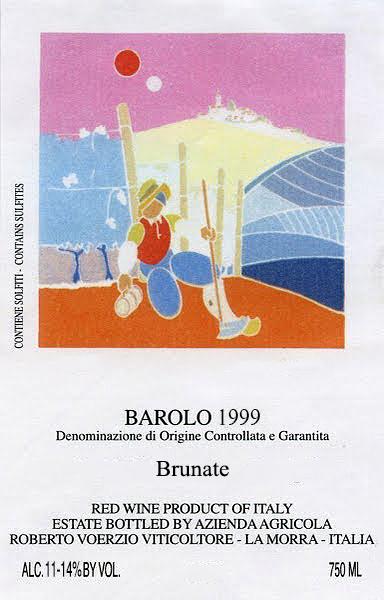1999 Barolo Nebbiolo
The 1999 Roberto Voerzio Brunate is a captivating Nebbiolo that beautifully showcases the essence of Barolo. With its striking red color, this wine offers a full-bodied experience, supported by a high level of acidity that adds remarkable brightness and liveliness. The fruit intensity is pronounced, featuring enticing notes of ripe cherry, wild raspberry, and subtle earthy undertones. Tannins are notably firm yet well-integrated, providing a sturdy backbone that complements the wine's complexity. As a dry wine, it maintains a refined balance, making it an exceptional choice for both contemplative sipping and pairing with rich Italian cuisine. This wine exemplifies the artistry of traditional winemaking in one of the most esteemed regions of Italy.
The 1999 Roberto Voerzio Brunate is a captivating Nebbiolo that beautifully showcases the essence of Barolo. With its striking red color, this wine offers a full-bodied experience, supported by a high level of acidity that adds remarkable brightness and liveliness. The fruit intensity is pronounced, featuring enticing notes of ripe cherry, wild raspberry, and subtle earthy undertones. Tannins are notably firm yet well-integrated, providing a sturdy backbone that complements the wine's complexity. As a dry wine, it maintains a refined balance, making it an exceptional choice for both contemplative sipping and pairing with rich Italian cuisine. This wine exemplifies the artistry of traditional winemaking in one of the most esteemed regions of Italy.




